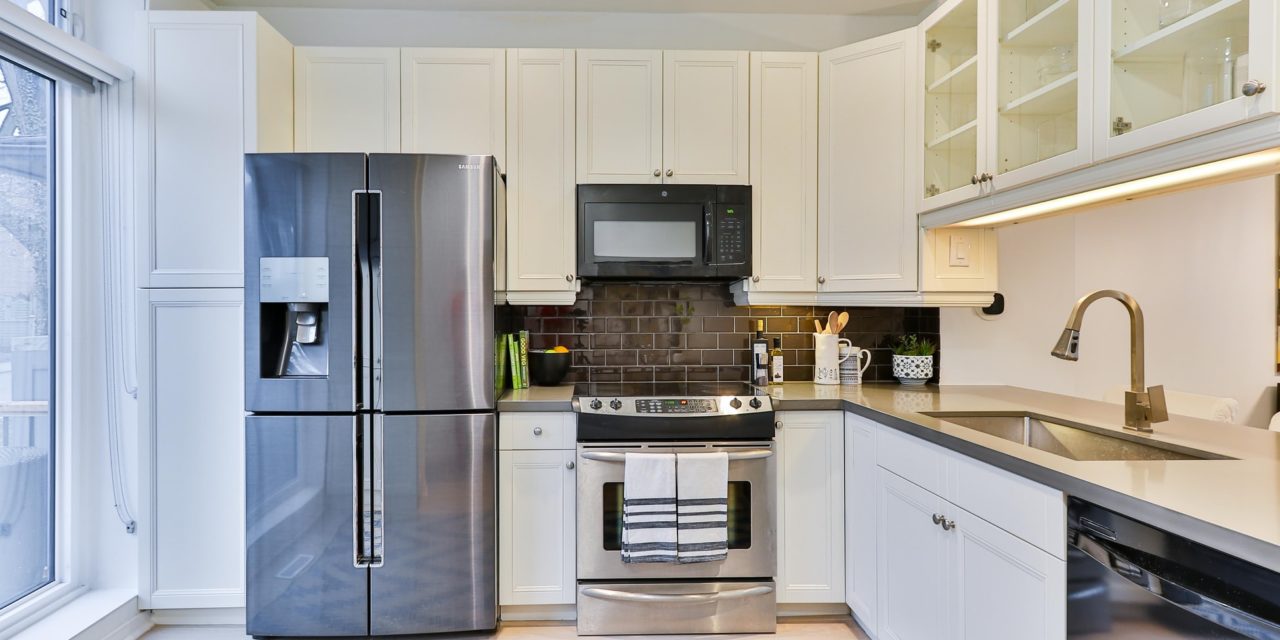[ad_1]
Stumbling across an old family heirloom or just any vintage object is enough to make us stop and think ‘I wonder how valuable this is?' Unfortunately, most of what we assume to be precious is not but every so often you may come across something that's valuable.
The only way to determine the actual value of a vintage object is to have it valuated. Antique dealers are the best people to approach. However, just so you know not to chuck something old just because you ‘feel' it isn't valuable, here are a few ways to help you make the decision.
Examine it closely
You may not be an antique expert but you can still have an inkling of whether an object has value. Stamps and dates usually indicate the same although even junk can have markings. Dents and cracks diminish value so the more damaged the object is, the likelier it is to fetch a low price even if it's worth thousands in mint condition and was once considered to be very valuable.
What is it made of?
Examine the material and determine what it is. Solid silver, for example, has become quite rare since most of the silver products we use are silver plated. The same with objects containing glass-like material which may be crystal and not ordinary glass. In the United States, Depression glass – ordinary glassware – is considered valuable because of its increasing rarity. If your family emigrated from the USA or possesses vintage glassware manufactured in that country, have it appraised. You may just strike lucky.
Is it in demand?
Objects in demand vary according to the times. Let's say the current pick is matryoshka dolls dating back to a specific period. If you have them and you know they're vintage, have them appraised on the off-chance they're antiques.
Keep up with what's in demand by subscribing to an antiques magazine or visiting the website of genuine dealers. You can also visit dealers who'll be more than happy to help.
What makes an object valuable?
Several factors determine if an object is an antique or just junk. One is limited supply and a second is age. Objects around 100 years old or older are deemed antiques but they carry value only if they were manufactured in limited supply. A third factor is whether the object is a work of art that's no longer being created or if it contains elements deemed notable.
It's important to understand that antiques aren't always once-expensive items. There are some which were considered generic but have become collector's items. Consider the cereal boxes of old that featured a particular graphic or a celebrity's face. Sometimes, they turn out to become very valuable objects even though they were not thought so in their time. Then there are antiques that were and are valuable cost-wise. Precious jewellery is an example where, for instance, the diamonds contained fetched a handsome price in its days and still continues to do so today.
If you've been given a family heirloom you think is an antique or you find something in grandma's attic that looks to be an antique, follow the tips given here before taking it to an antique dealer. Remember that appraisals cost so save money and time by noting these points before having it appraised.
[ad_2]
Source by Keshawn Lindsay


